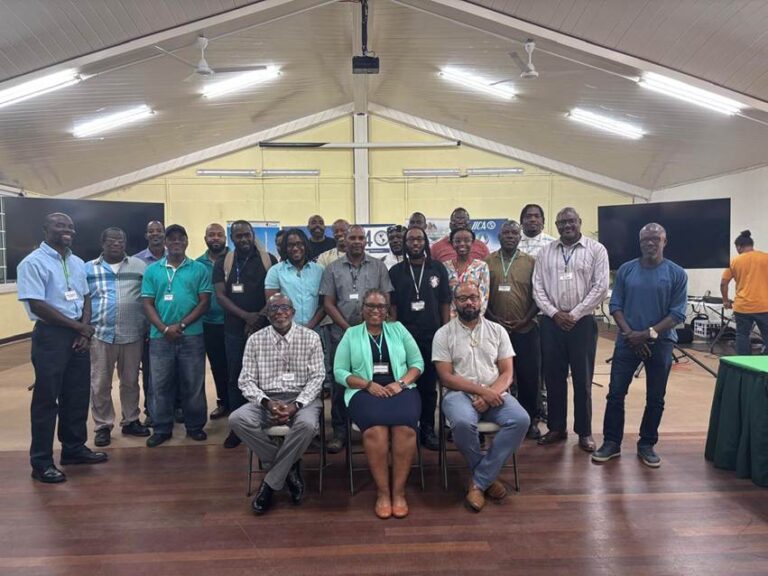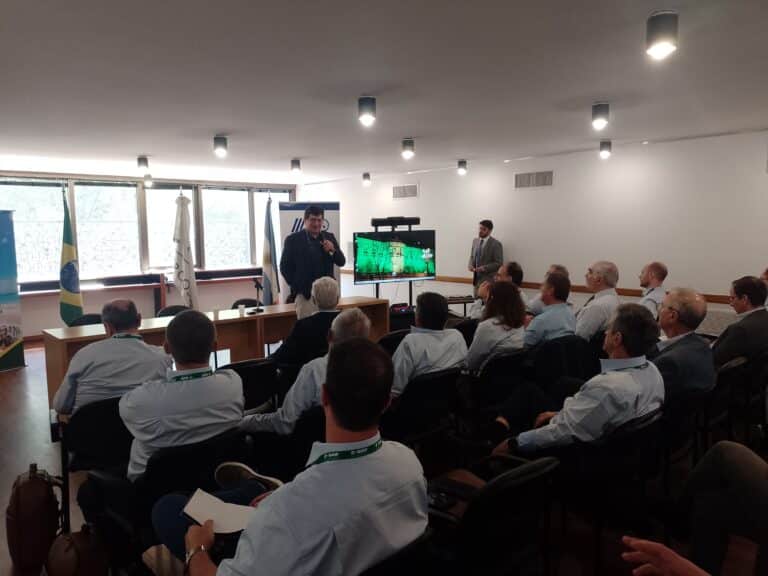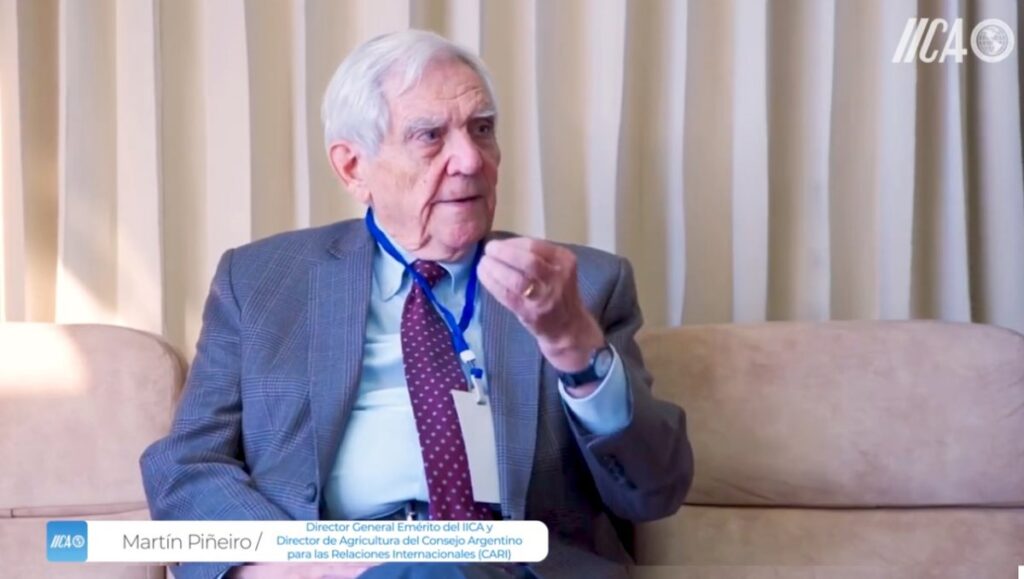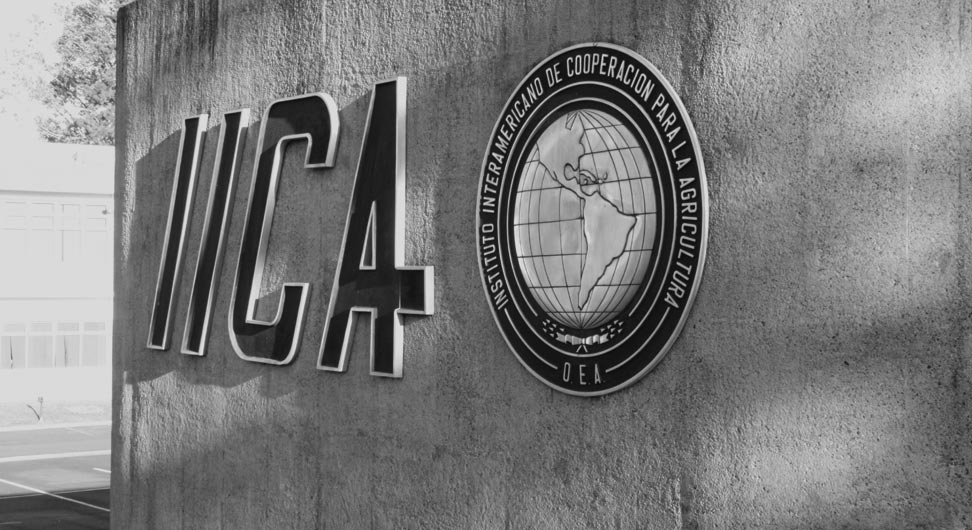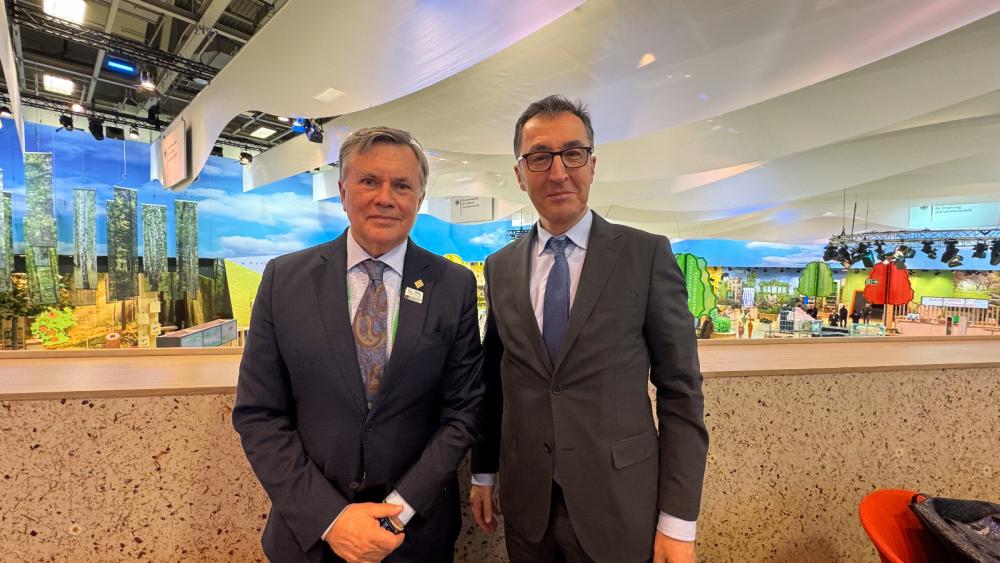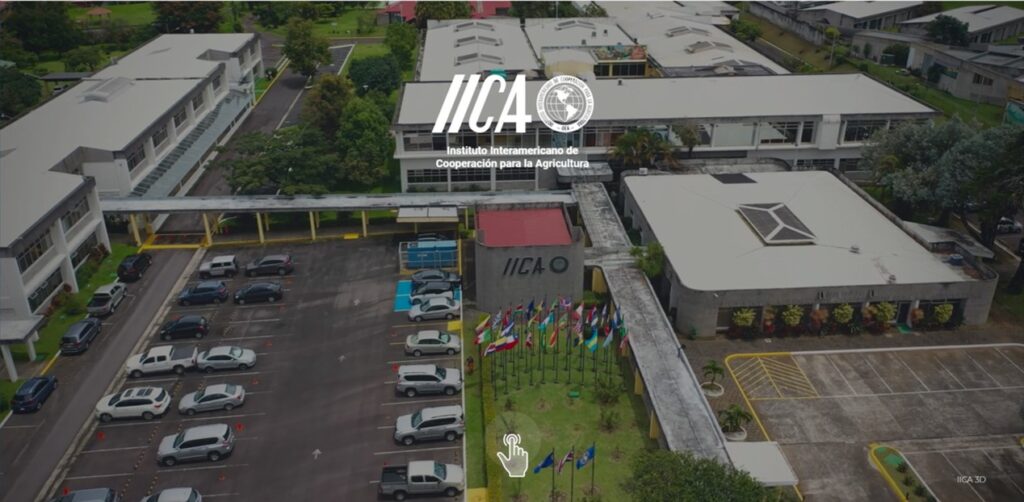Courses supported by IICA and the Mexican government promote technical innovations to increase agricultural productivity and competitiveness.
Mexico City, August 24, 2015 (IICA). A training program supported by the Inter-American Institute for Cooperation on Agriculture (IICA) has allowed 243 technicians from 21 countries in Central America and the Caribbean to strengthen their knowledge of technology, innovation, and good agricultural practices during the first semester of this year.
The beneficiaries now have more capacities in areas such as phytosanitary and animal health inspections at seaports, airports and borders, rural tourism, in vitro propagation of tropical plants, artificial insemination of sheep, including the Blackbelly sheep, and the use of biotechnology in agriculture.
This was explained by Franklin Marín, Coordinator of IICA’s Center for the Promotion of Technical Capabilities and Leadership, during the presentation on the progress made by the “Capacity-Building Program to Promote the Development of Agriculture in Central America and the Caribbean.”

This initiative was developed by the General Secretariat of Agriculture, Livestock, Rural Development, Fisheries and Food (SAGARPA) of Mexico and IICA, with the goal of generating innovative processes to foster the development of agriculture in those countries.
According to Marín, the second phase of the program includes more online courses for Central America as well as diploma courses and seminars to improve the professionalization of the human resources as well as the productivity and competitiveness of regional agriculture.
The training courses are taught by Mexican academic, federal and research institutions such as the National Service for Agrifood Health, Safety and Quality (SENASICA), the School of Graduate Studies (COLPOS) through its Córdoba Campus, the Yucatan Center for Scientific Research (CICY), the Autonomous University of Chapingo (UACH), the Irapuato Unit of the Center for Advanced Research and Higher Education (CINVESTAV) and the Tropical Agriculture Research and Higher Education Center (CATIE).
The program also includes a Master’s in food security, which is taught online by the Open and Distance Education University of Mexico (UNADM), in coordination with IICA and the Association of Universities in Latin America and the Caribbean (UDUAL).
The program is the result of the technical cooperation agreement signed between SAGARPA and IICA in 2014, within the framework of the III Mexico-Caribbean Community (CARICOM) Summit.
More information:
franklin.marin@iica.int
ena.resendiz@iica.int

